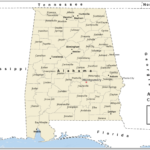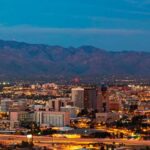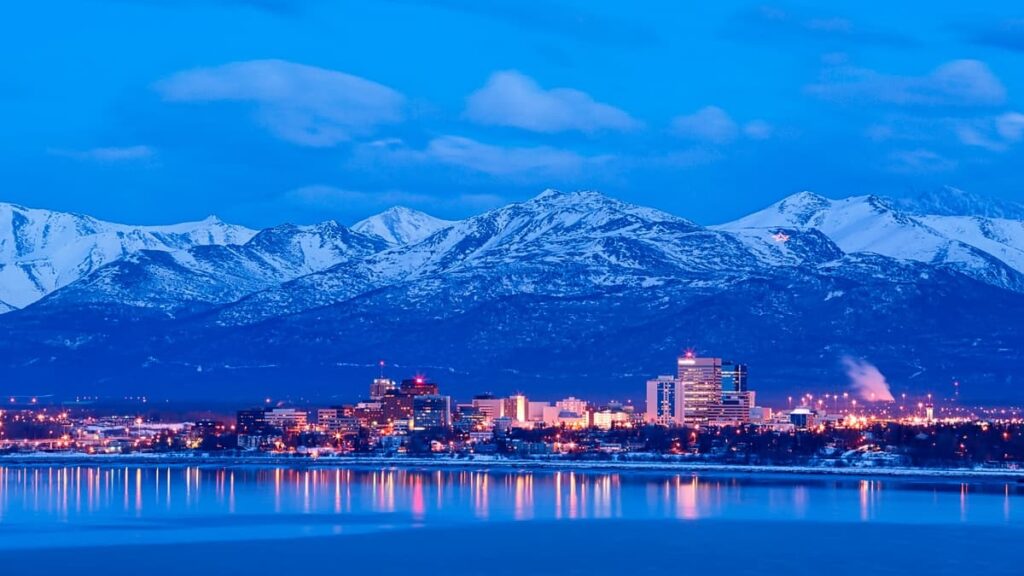
Alaska, the United States’ largest and most sparsely populated state, offers a unique blend of natural beauty, indigenous heritage, and modern urban development. Despite its vast wilderness, Alaska is home to cities that serve as economic, cultural, and social hubs. This article provides an in-depth look at Alaska’s cities by population, highlighting the unique aspects that contribute to the state’s diversity and appeal.
Overview of Alaska’s Most Populous Cities
Alaska’s urban landscape is marked by a combination of well-established cities and growing communities. Anchorage, the largest city, serves as a central hub for commerce, culture, and transportation. Fairbanks, known for its research universities and access to the Arctic, follows as the second-most populous city. Juneau, the state capital, combines government activity with breathtaking natural attractions. Other notable cities include Wasilla, Sitka, and Ketchikan, each with their own distinct identity and contributions to Alaska’s culture and economy.
Anchorage
Anchorage, the largest city in Alaska, serves as the cultural and economic heart of the state. With a diverse population and a strategic location, Anchorage offers a unique blend of urban amenities and unparalleled natural beauty. The city is a gateway to nearby wilderness areas and mountains, making it a prime destination for outdoor enthusiasts. Key institutions and infrastructure include the Ted Stevens Anchorage International Airport, the University of Alaska Anchorage, and the Alaska Native Heritage Center, reflecting the city’s role in education, transportation, and cultural preservation.
Fairbanks
Situated in the interior region of Alaska, Fairbanks stands as the state’s second-largest city. Known as the “Golden Heart City,” Fairbanks is celebrated for its warm hospitality, vibrant arts scene, and the University of Alaska Fairbanks, a leading research institution. The city’s economy is bolstered by its proximity to the Trans-Alaska Pipeline and military bases. Fairbanks is also a prime viewing spot for the aurora borealis, attracting tourists from around the globe.
Juneau
Juneau, the capital city of Alaska, is unique for its inaccessible road network, surrounded by water and rugged terrain. This picturesque city is located in the Southeast Panhandle and is known for its stunning landscapes, including the Mendenhall Glacier and Tongass National Forest. Juneau’s economy is driven by government, tourism, and fishing. The city’s rich history and vibrant arts community, along with its legislative significance, make it a focal point of Alaskan culture and politics.
Wasilla
Wasilla is one of the fastest-growing cities in Alaska, located in the Matanuska-Susitna Valley. It serves as a commuter town to Anchorage but has its own identity, with a strong community spirit and access to a plethora of outdoor activities. Wasilla is historically significant for its role in the Iditarod Trail Sled Dog Race and as the home of the Alaska Railroad’s historic depot. The city’s growth is supported by a diverse economy, including retail, healthcare, and construction.
Sitka
Sitka, on the west side of Baranof Island, is known for its breathtaking scenery, rich Tlingit culture, and Russian colonial history. The city is enveloped by the Tongass National Forest, offering abundant wildlife and outdoor recreation opportunities. Sitka’s economy revolves around fishing, healthcare, and tourism, with attractions such as the Sitka National Historical Park and the Alaska Raptor Center. The blend of cultures and the stunning natural environment make Sitka a unique and compelling part of Alaska’s mosaic.
Comparative Analysis of Population Trends
This section examines the population growth or decline within Alaska’s cities over recent years, exploring factors such as economic opportunities, natural resources, and lifestyle preferences that influence these trends. A graphical representation of population changes can offer insights into how different cities are evolving demographically.
Unique Features and Attractions of Each City
From the northern lights of Fairbanks to the cultural festivals of Anchorage and the historic sites of Juneau, Alaska’s cities offer a wealth of attractions that reflect the state’s rich history and natural beauty. This section delves into what makes each city a unique destination for residents and visitors alike.
Economic Contributions of Alaska’s Largest Cities
Alaska’s economy is deeply connected to its natural resources, with industries such as oil, gas, fishing, and tourism playing significant roles. This part of the article explores how Alaska’s most populous cities contribute to the state’s economy, highlighting key industries and employment trends.
Challenges and Opportunities in Urban and Rural Areas
Despite their beauty and resources, Alaska’s cities face challenges, including environmental concerns, infrastructure development, and the need for sustainable growth. This section discusses these challenges while also looking at the opportunities for innovation and community development in both urban and rural settings.
Comparative Table: Alaska’s Top Cities by Population and Key Characteristics
| City | Population 2020 | Major Industries | Key Attractions |
|---|---|---|---|
| Anchorage | 306,000 | Oil, Transportation, Tourism | Chugach State Park, Museums |
| Fairbanks | 36,000 | Education, Oil, Tourism | Northern Lights, Ice Art |
| Juneau | 32,000 | Government, Tourism, Fishing | Glacier Bay, State Capitol |
| Wasilla | 10,000 | Retail, Construction | Iditarod Trail Headquarters |
| Sitka | 9,100 | Fishing, Healthcare, Tourism | Sitka National Historic Park |
Graphical Representations
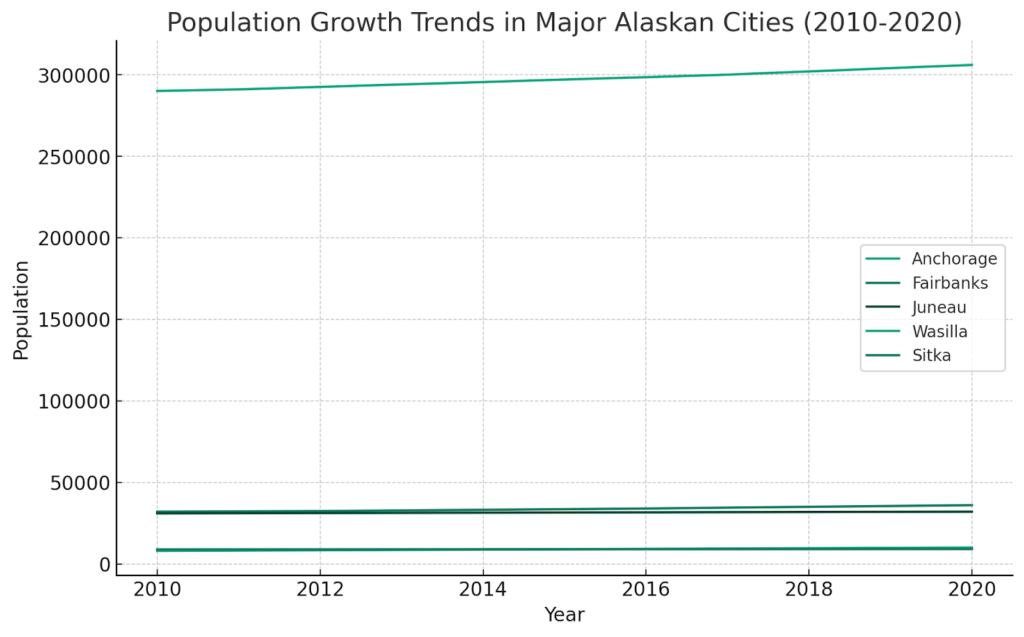
The first graph, “Population Growth Trends in Major Alaskan Cities (2010-2020),” illustrates the decade-long population growth of Anchorage, Fairbanks, Juneau, Wasilla, and Sitka. Each line represents a different city, allowing for a visual comparison of their growth rates over time. This graph showcases Anchorage’s significant growth, highlighting its role as the most populous city in Alaska, with steady increases seen in other cities like Fairbanks and a more modest growth in smaller cities like Sitka and Wasilla.
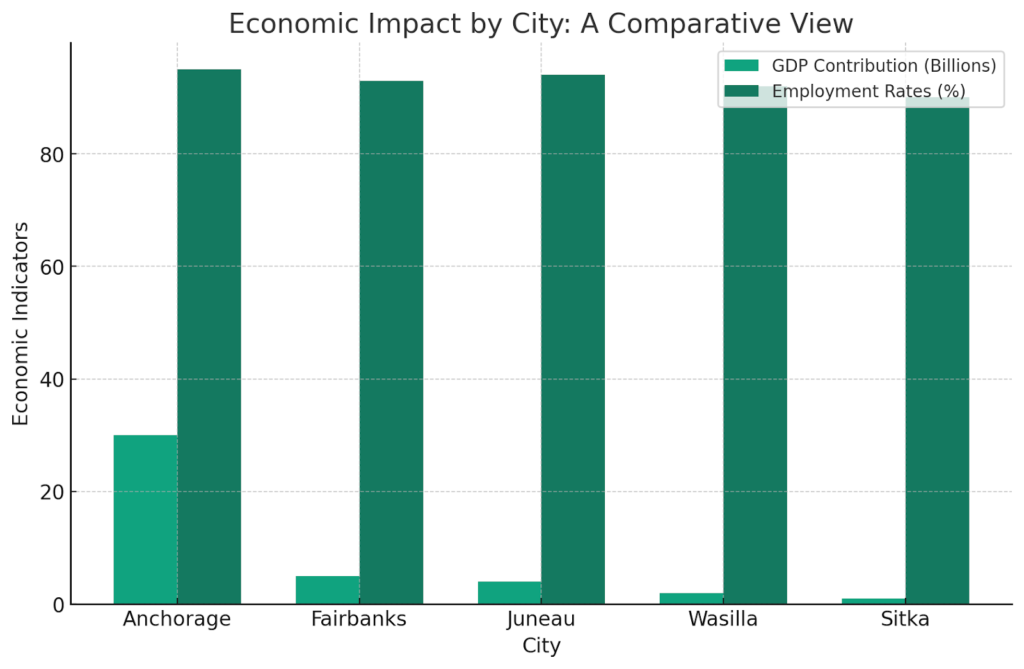
The second graph, “Economic Impact by City: A Comparative View,” uses a bar chart to compare the hypothetical economic contribution of each major city in Alaska, focusing on GDP contribution and employment rates. Anchorage leads in GDP contribution, reflecting its economic significance in the state. The employment rates across the cities are relatively high, indicating healthy employment landscapes, but with slight variations that may reflect the diverse economic bases and opportunities in each city.
Additional References
To enhance the article with authoritative sources and offer readers avenues for further exploration, here are official government websites for each of the major Alaskan cities discussed. These websites provide comprehensive information on city services, community events, economic development initiatives, and more.
- Anchorage: For details on municipal services, local government initiatives, and community events in Anchorage, visit the official Municipality of Anchorage website at https://www.muni.org/;
- Fairbanks: To explore the heart of interior Alaska, including city services and cultural events in Fairbanks, check out the City of Fairbanks’ official site at https://www.fairbanksalaska.us/;
- Juneau: For information on government services, tourism, and living in Alaska’s capital, the City and Borough of Juneau’s website is available at https://juneau.org/;
- Wasilla: To learn more about the services, community programs, and development projects in Wasilla, visit the official City of Wasilla website at https://www.cityofwasilla.com/;
- Sitka: For insights into Sitka’s government services, cultural heritage, and local initiatives, the official City and Borough of Sitka website can be found at https://www.cityofsitka.com/.
Conclusion
Alaska’s cities, varied in size and character, are integral to the state’s identity. They offer a unique combination of natural splendor, cultural richness, and economic vitality. As Alaska continues to develop, its cities remain at the heart of this progress, embodying the resilience and spirit of the Last Frontier.
Last modified: February 28, 2024
